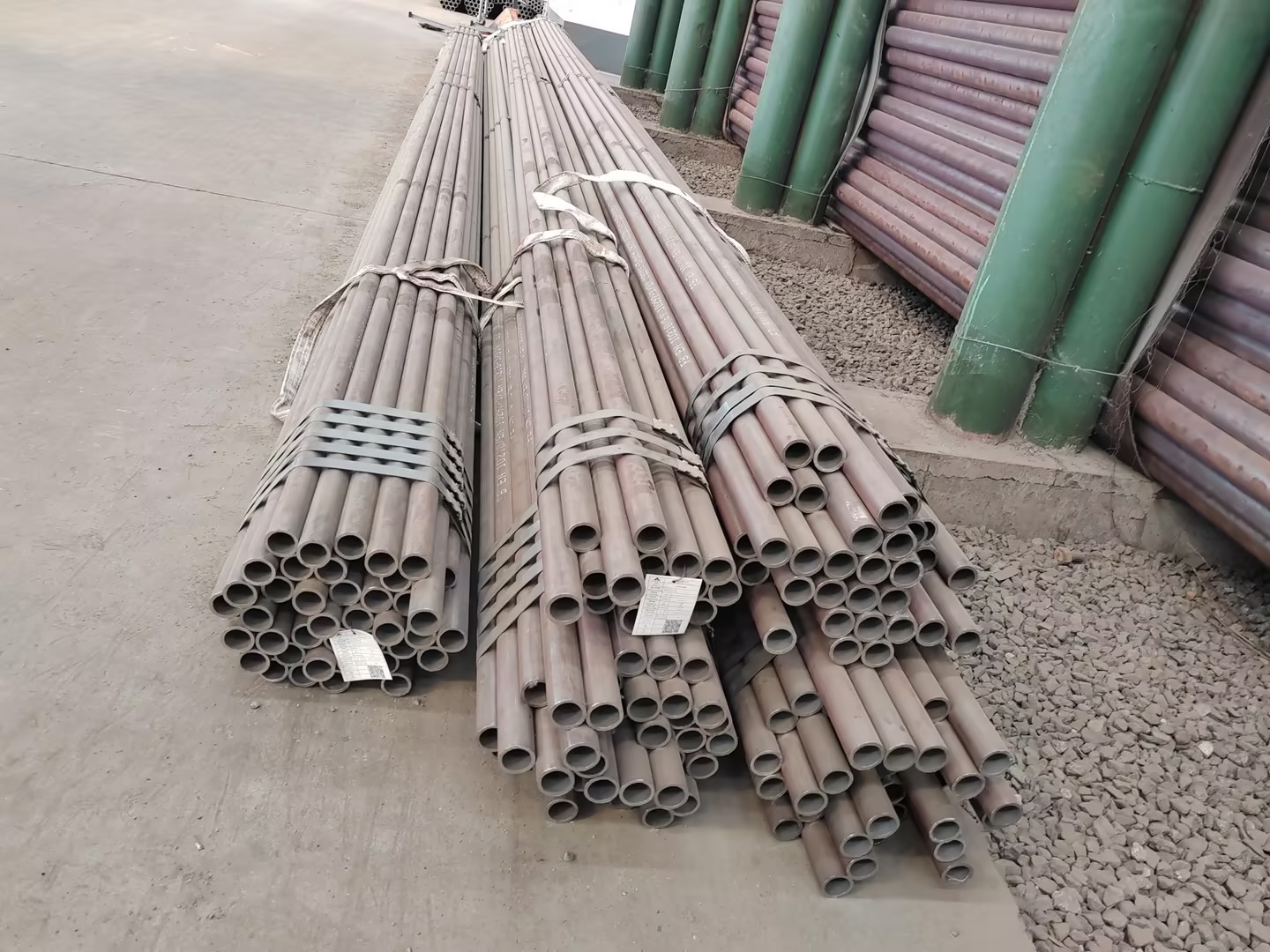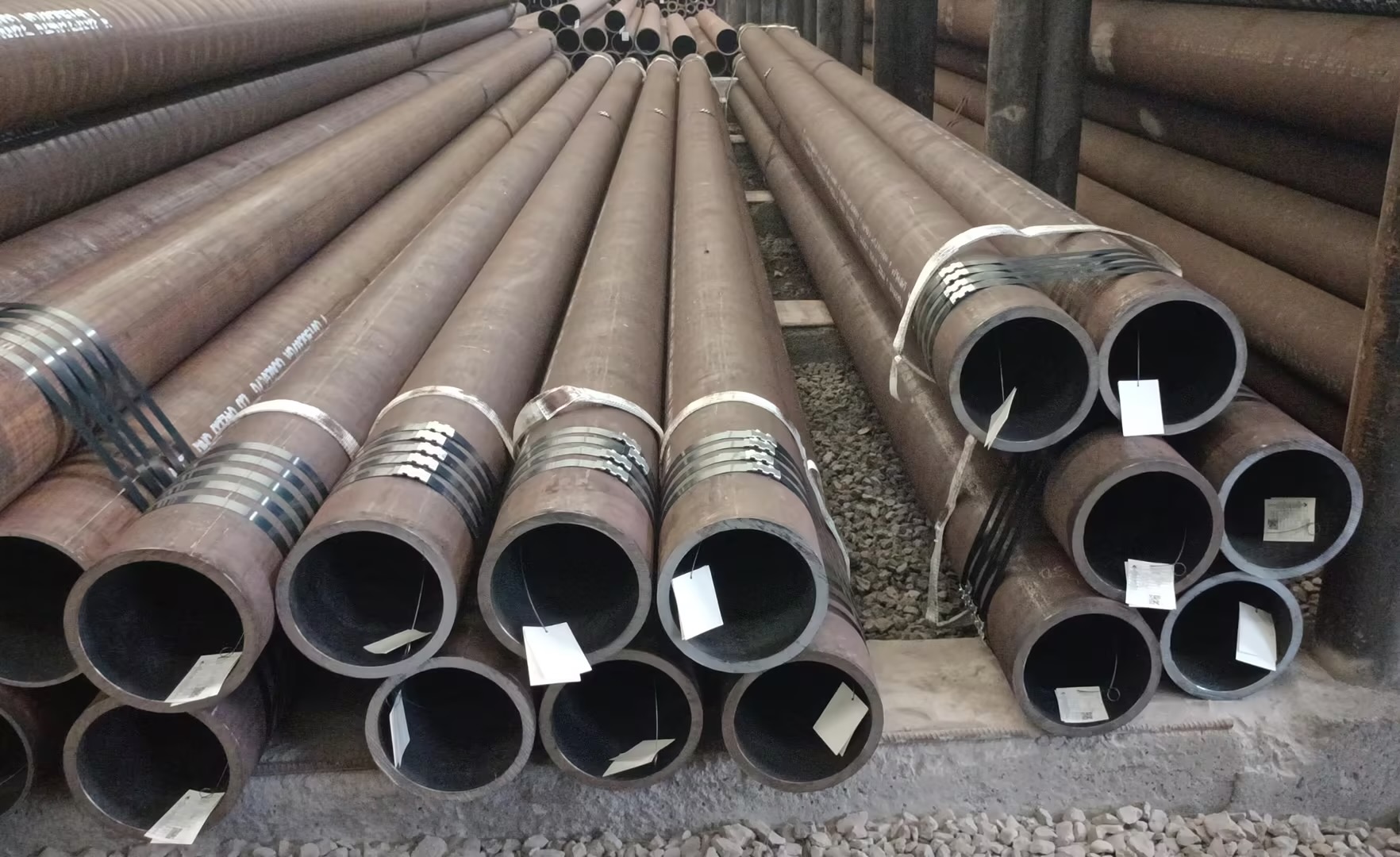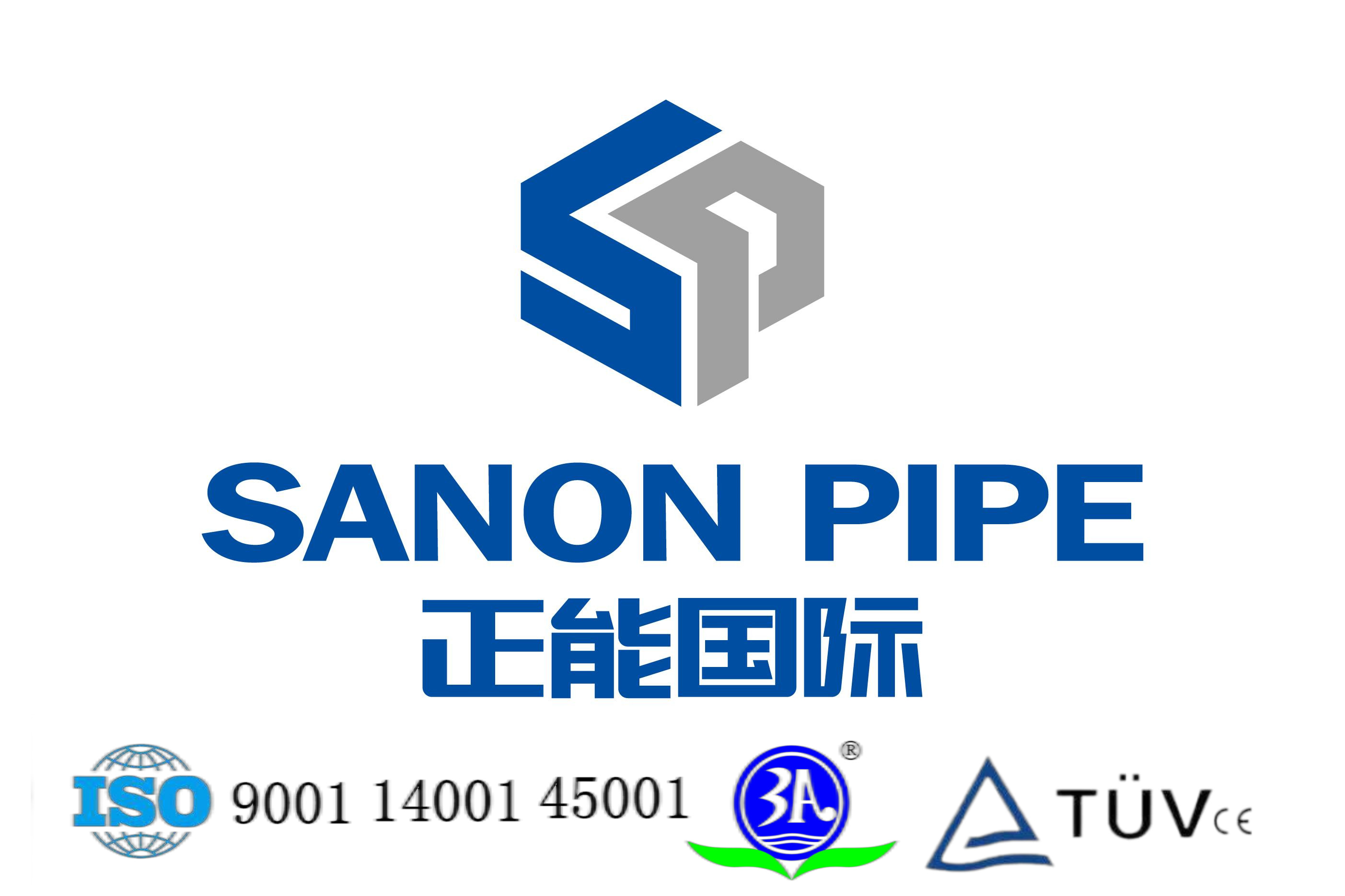

Customer requirements:
A certain European construction company plans to purchase EN 10210-1 S355J2H seamless steel pipes for the supporting structure of a cross-sea bridge.
Purchase quantity: 500 tons, specification Ø219.1mm × 12mm, fixed length 12m, delivery period 8 weeks.
Key Points to Note in Procurement (Core Points of Engineering Orders
Clarify the technical standards and steel grade requirements
Case question:
The customer initially only requested "S355" without specifying the suffix (such as J2H, J0H), which led the supplier to produce according to S355J0H (without low-temperature impact requirements), but the actual project required S355J2H (impact toughness at -20℃).
Solution:
Clearly specify the complete steel grade (such as S355J2H) in the order.
Indicate the impact test temperature (such as Charpy V-notch at -20℃).
2. Dimensions and Tolerances (To avoid installation issues)
Case question:
The outer diameter of a certain batch of steel pipes was Ø219.1mm (+1.5% allowable tolerance), but the actual measurement reached Ø222.5mm, resulting in the inability to match the flange on site.
Solution:
Stipulate strict tolerances in the contract (such as Class D1 tolerances in EN 10210-2).
Require a third-party inspection report (such as SGS/BV) to verify the dimensions.
3. Delivery status (Affecting material Performance)
Case question:
The customer did not specify the delivery status. The supplier defaults to "AR" (As-Rolled), but the designer requires "+N" (normalizing treatment) to ensure the welding performance.
Solution:
Clarify the heat treatment requirements (such as "+N" or "+AR").
Check whether the quality guarantee certificate indicates the heat treatment status.
4. Inspection and Certification (To avoid quality disputes)
Case question:
The supplier provided the EN 10204 3.1 certificate, but the customer requested the 3.2 certificate (verified by an independent laboratory), resulting in customs clearance delays.
Solution:
Indicate the type of certificate (such as EN 10204 3.1/3.2) in the order.
Designated inspection items (such as UT flaw detection, tensile test, impact test).
5. Surface treatment and anti-corrosion (affecting service life)
Case question:
Steel pipes are used in coastal environments, but no anti-corrosion coating is required, which leads to rusting during transportation and requires additional sandblasting treatment.
Solution:
Clarify the surface treatment (such as sandblasting Sa2.5, galvanizing or applying anti-rust oil).
Specify the packaging method (such as strapping + moisture-proof film).
6. Delivery Time and Logistics (To avoid delay fines)
Case question:
The supplier delayed production due to a shortage of raw materials, but the contract did not stipulate a penalty for late payment. As a result, the customer was forced to adjust the construction plan.
Solution:
Include Liquidated Damages in the contract, such as 0.5% of the payment for each week of delay.
Require the supplier to provide the production progress report.
7. Payment Terms and Letter of Credit (Risk Reduction)
Case question:
The customer opened 100% LC at sight, but during the inspection, it was found that the wall thickness of the steel pipe was uneven. After the dispute, the bank refused to make the payment.
Solution:
Installment payment is adopted (such as 30% deposit and 70% based on the copy of the bill of lading + inspection report).
Final suggestion
Technical agreement priority: Clearly define all technical requirements.
The inspection process is indispensable: dispatch personnel or entrust a third party (such as SGS) to conduct pre-shipment inspection (PSI).
Through the above measures, the procurement risks can be significantly reduced to ensure the smooth progress of the project.
Post time: Jun-24-2025





